flowerbug
Garden Master
...
I'm curious has anyone seen the John Withee link on my website when you look at the African Premier bean on the first page of beans. Seed Savers Exchange did the research and the article. The article is a great read. If you click on John Withee in yellow letters you will go to the article entitled "The Life And Legacy Of The Bean Man".
i did read that back when i first went through your website. i just pulled up a dozen or so links on JW and beans so i can have some reading here this morning.
i'll post them just in case someone else doesn't want to go through the search:
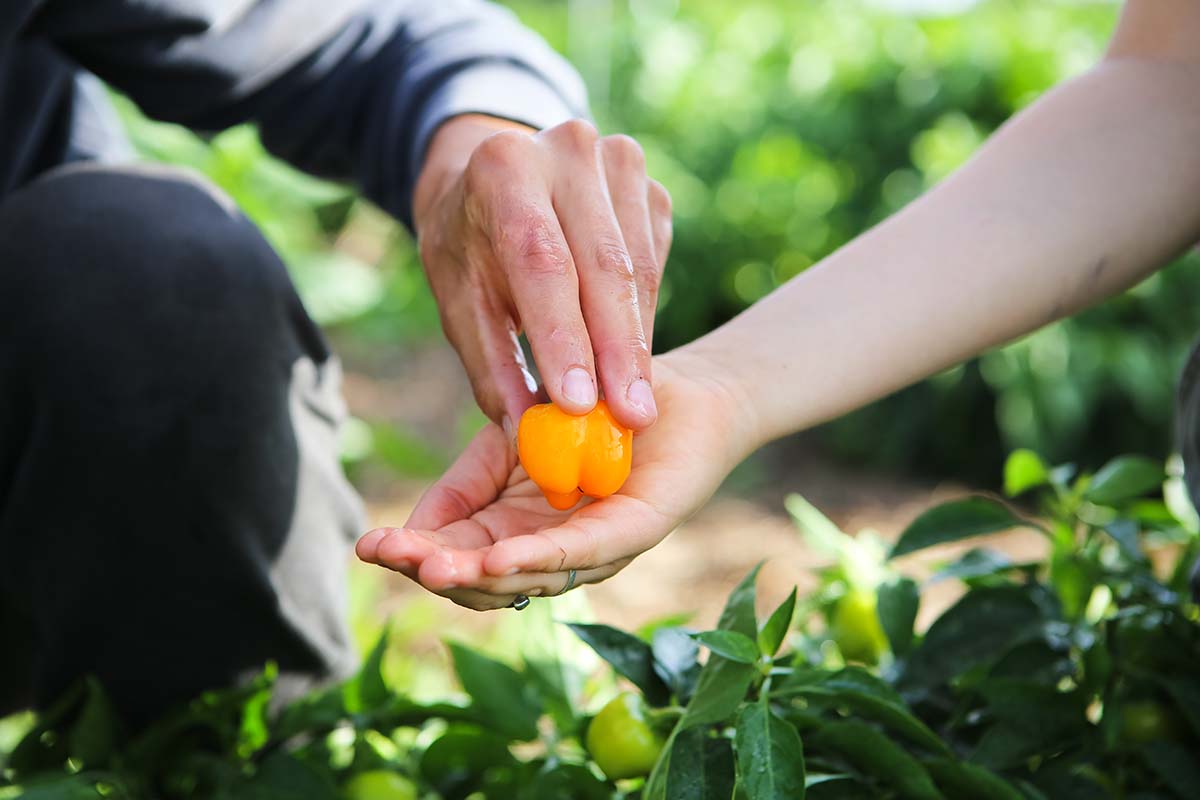
Stewardship Stories - SeedSavers
Since 1975, Seed Savers Exchange has led the heirloom seed movement. Stories have always been an important part of SSE’s stewardship work.
Pure Water Gazette » John Withee, the World’s Greatest Bean Collector
(fun, but too bad this wasn't taken further)
Category:Bean Varieties - Beancyclopedia
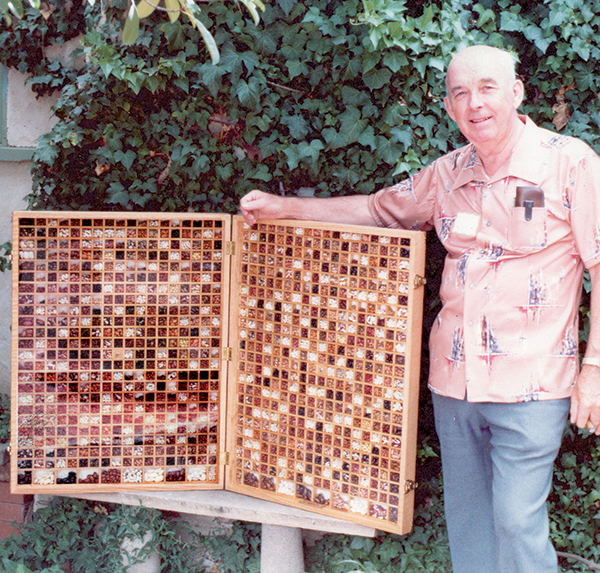
John Withee's Bean Hole — Seed Savers Exchange Blog
John Withee’s bean collection of 1,186 varieties started with a bean hole. Throughout his childhood, Friday afternoons consisted of John and his family digging a hole, building a fire in that hole, and lowering a pot of beans into it. They placed hot coals and earth over the pot and fil
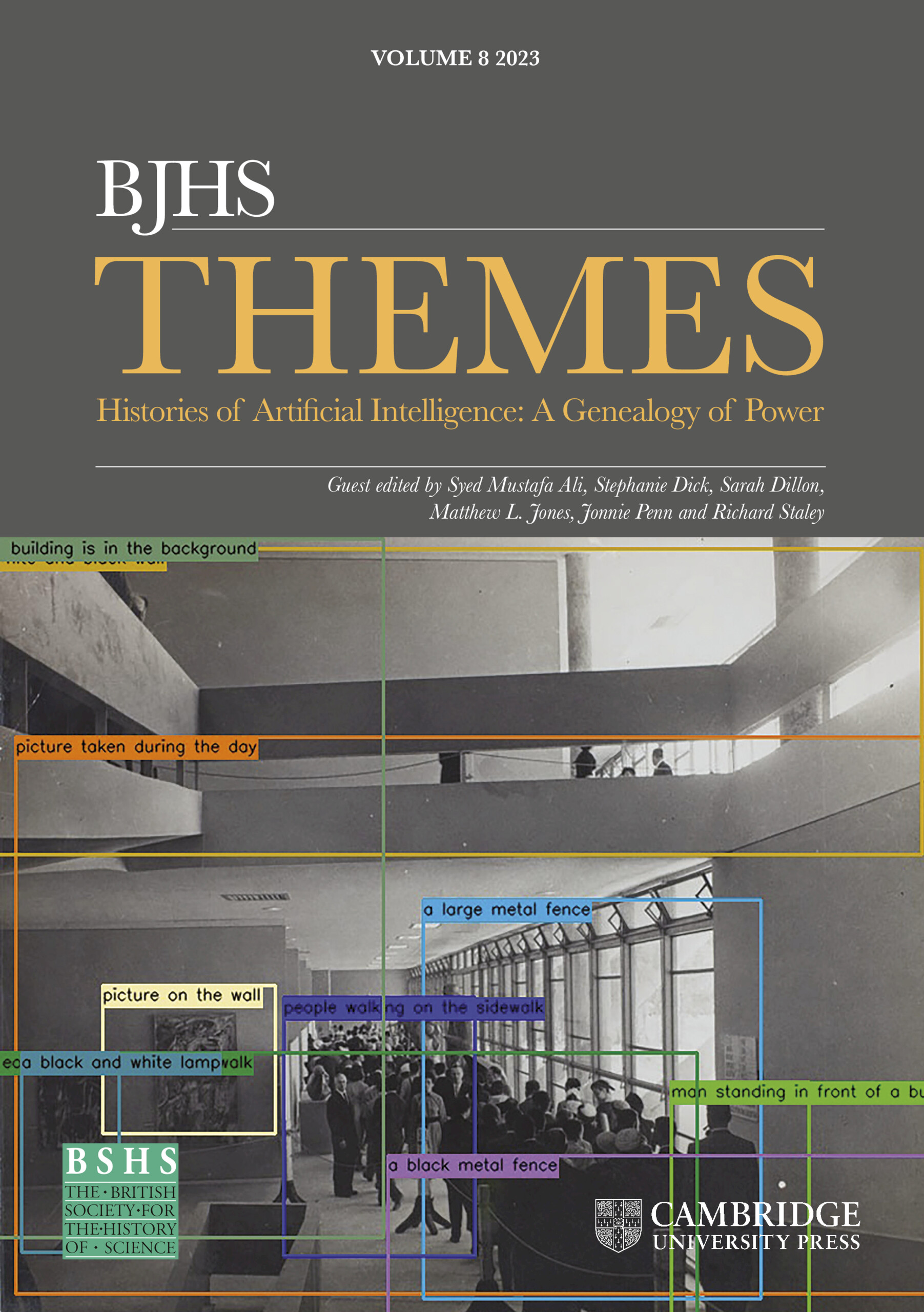
From bean collection to seed bank: transformations in heirloom vegetable conservation, 1970–1985 | BJHS Themes | Cambridge Core
From bean collection to seed bank: transformations in heirloom vegetable conservation, 1970–1985 - Volume 4
2015 Annual Report - Seed Savers Exchange
Comparative Growouts, and Identifying the True Heirlooms in Heritage Farm's Collections · Ceres Trust
I want to welcome all of you to Seed Savers' 17th annual Campout Convention. Each summer, on this next-to-last full weekend in July, our members gather at Heritage Farm for this special celebration, which is partly a convention and partly a reunion of old friends.
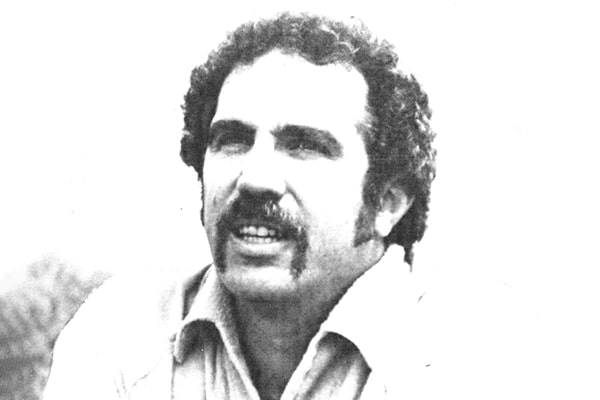
Fall Harvest Introduction · Ceres Trust
I first estimated that this “Fall Harvest Edition” would reach you during October. I figured it would be nice to receive it about the time when many of you were harvesting and working with your seeds. But I decided that I wanted to write most of it after I had attended the Seed Banks Serving...
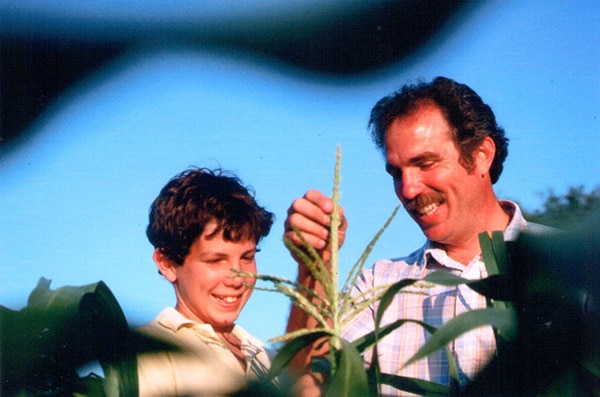
The Preservation Garden · Ceres Trust
From 1985 Harvest Edition, Seed Savers Exchange · What in the world would ever cause two men and a boy to try to grow out over 2,000 varieties of garden plants on five acres? The main reasons were two seed collections totaling nearly 5,000 varieties, and the result was that most fantastic...



